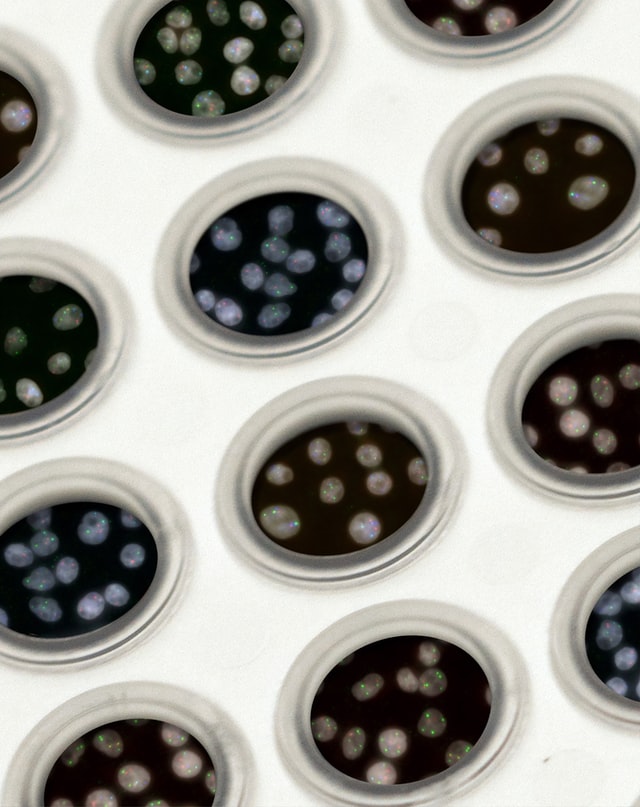Genetic background influences disease risk from single-gene variants
By Indrani Mukherjee,
Broad Institute
| 08. 20. 2020
Life can change dramatically when someone learns they are genetically predisposed to a disease, such as a condition called familial hypercholesterolemia, where a mutated gene can lead to elevated cholesterol and increased risk for a premature heart attack. But these kinds of disease predictions are complicated: not everyone carrying such high-risk variants of a single gene develops the disease.
Now, researchers at the Broad Institute of MIT and Harvard, Massachusetts General Hospital (MGH), and Harvard Medical School, in partnership with IBM Research and health technology company Color, have discovered a possible reason why. They studied genetic and clinical data from more than 80,000 people and found that a person’s genetic background influences not only the risk of heart disease in people carrying familial hypercholesterolemia gene variants, but also the risks of breast cancer and colorectal cancer in individuals with high-risk single-gene variants that predispose them to these diseases.
Moreover, the team discovered that for some people with these high-risk single-gene variants, having a low polygenic score — which accounts for the small contributions from many common genetic variants for disease...
Related Articles
By Aisha Down, The Guardian | 11.10.2025
It has been an excellent year for neurotech, if you ignore the people funding it. In August, a tiny brain implant successfully decoded the inner speech of paralysis patients. In October, an eye implant restored sight to patients who had...
By Jessica Hamzelou, MIT Technology Review | 11.07.2025
This week, we heard that Tom Brady had his dog cloned. The former quarterback revealed that his Junie is actually a clone of Lua, a pit bull mix that died in 2023.
Brady’s announcement follows those of celebrities like Paris...
By Heidi Ledford, Nature | 10.31.2025
Late last year, dozens of researchers spanning thousands of miles banded together in a race to save one baby boy’s life. The result was a world first: a cutting-edge gene-editing therapy fashioned for a single person, and produced in...
By Lauran Neergaard, AP News | 11.03.2025
WASHINGTON (AP) — The first clinical trial is getting underway to see if transplanting pig kidneys into people might really save lives.
United Therapeutics, a producer of gene-edited pig kidneys, announced Monday that the study’s initial transplant was performed successfully...




